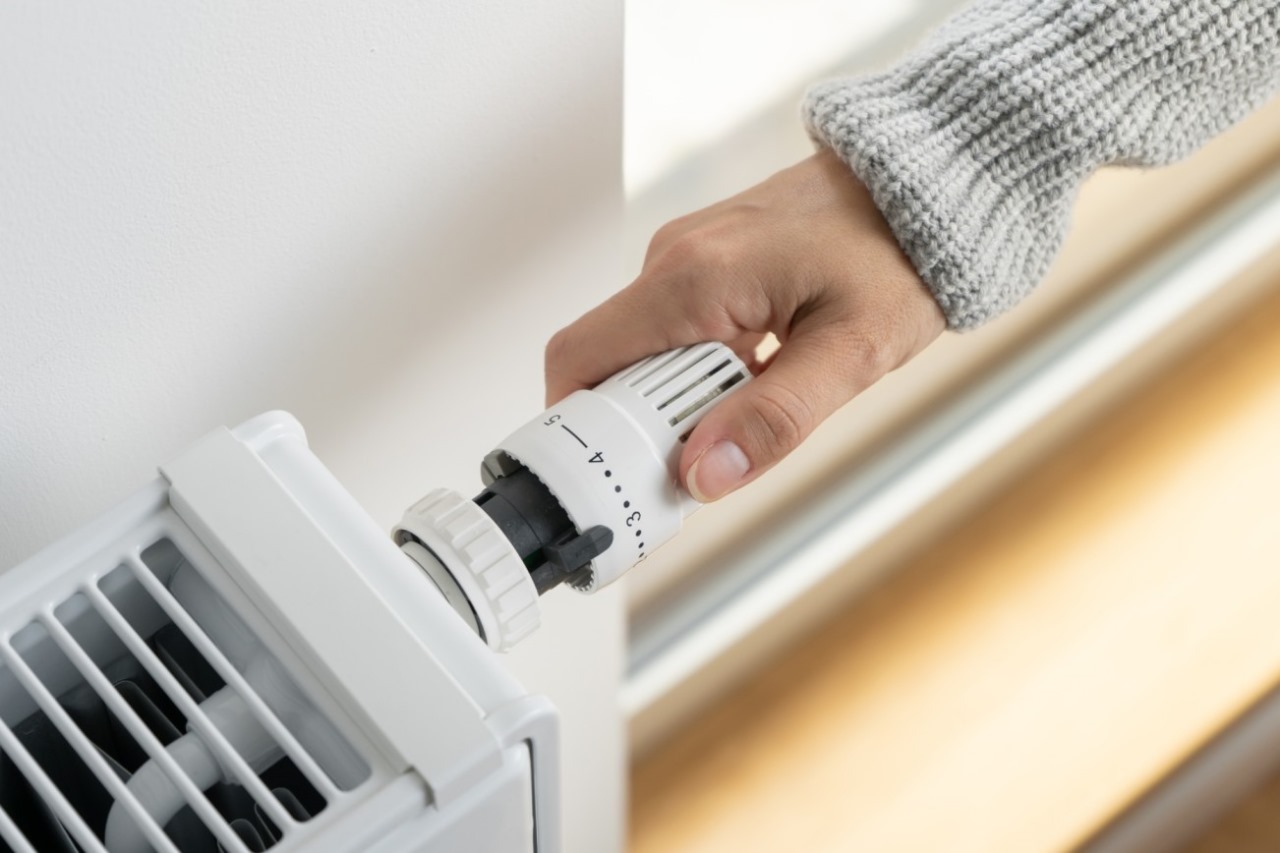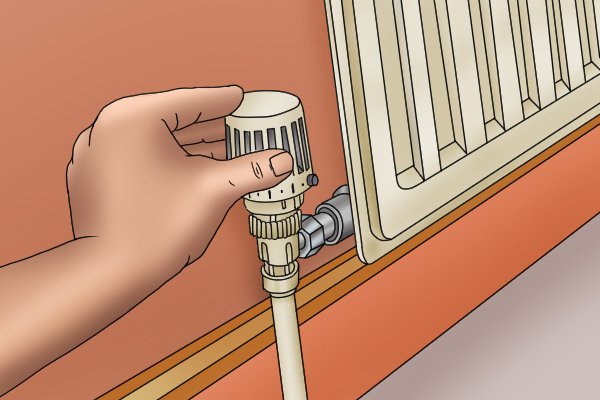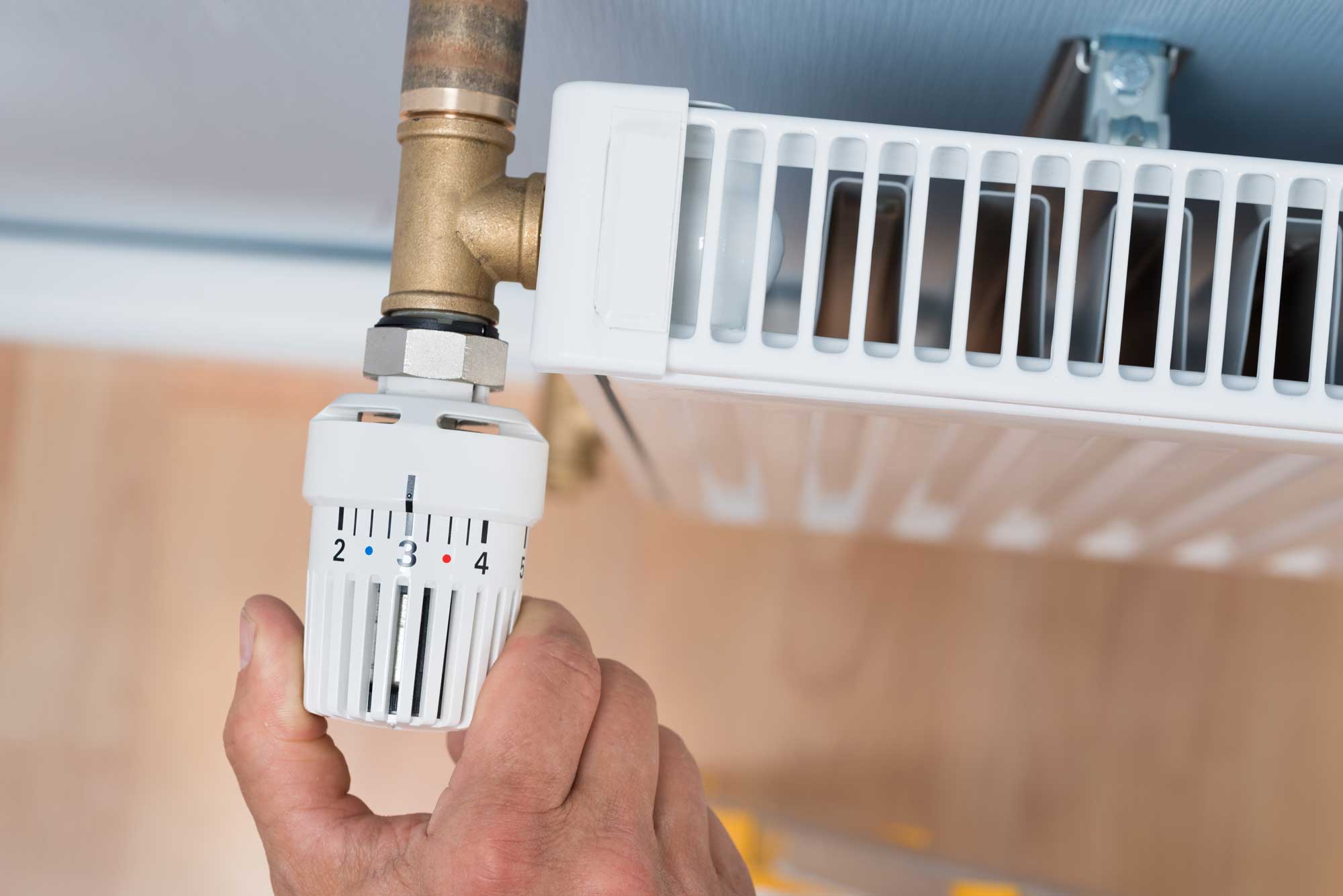How Do You Turn On A Radiator

Decoding Your Radiator: A Comprehensive Guide to Efficient Heating
Radiators, those stalwart workhorses of home heating, often get overlooked in the quest for energy efficiency. Yet, understanding how to properly operate and maintain your radiator system can significantly impact your energy bills and overall comfort. This guide provides a comprehensive overview, from the basics of turning on your radiator to advanced strategies for optimizing its performance and integrating it with smart home technology.
Understanding Radiator Types and Their Operation
Before diving into the “how-to,” it’s essential to understand the different types of radiators commonly found in homes and businesses:
- Steam Radiators: These older systems use steam generated by a boiler to heat the radiator. They typically have a single pipe for steam to enter and condensate to exit. Turning them on often involves ensuring the steam valve is open and the vent is functioning correctly.
- Hot Water Radiators: More common in modern homes, these radiators circulate hot water from a boiler. They have two pipes: one for hot water to enter and another for cooled water to return to the boiler. Operation usually involves adjusting a valve to control the flow of hot water.
- Electric Radiators: These are self-contained units that heat up using electricity. They offer individual room control but can be more expensive to run than boiler-based systems, especially without careful management. Turning them on involves plugging them in and setting the desired temperature. While convenient, their higher running costs necessitate exploring more energy-efficient alternatives if possible. Look for models with integrated thermostats and timers to minimize energy waste.
Step-by-Step Guide to Turning On Your Radiator
The process of turning on a radiator varies slightly depending on the type. Here's a general guide:
Steam Radiators:
- Check the System Pressure: Ensure the boiler pressure is within the recommended range. Consult your boiler's manual for specifics. Low pressure can prevent steam from reaching the radiators.
- Open the Steam Valve: Slowly open the valve on the radiator. Avoid opening it fully, as this can cause banging noises and uneven heating.
- Listen for the Vent: The air vent should hiss as it releases air from the radiator. Once steam reaches the vent, it should close automatically. If the vent is constantly hissing or leaking water, it may need replacement.
- Troubleshooting: If the radiator remains cold, check the vent for blockages. A simple pin can often clear obstructions. If the issue persists, consult an HVAC professional.
Hot Water Radiators:
- Locate the Valve: Find the valve on the radiator, typically located on one side. Some radiators may have two valves: one for controlling the hot water inflow and another for balancing the system.
- Open the Valve: Turn the valve counterclockwise to open it. The amount you open the valve will affect the radiator's heat output.
- Bleed the Radiator: Trapped air can prevent hot water from circulating properly. Use a radiator key to open the bleed valve (usually located at the top of the radiator) and release any trapped air. Close the valve when water starts to trickle out.
- Balancing the System: In larger homes with multiple radiators, balancing the system ensures that each radiator receives an adequate supply of hot water. This involves adjusting the valves on individual radiators to regulate the flow. This can be tricky; consider consulting an HVAC technician for optimal balancing.
Electric Radiators:
- Plug it In: Ensure the radiator is plugged into a properly grounded outlet.
- Set the Thermostat: Turn on the radiator and set the desired temperature using the thermostat.
- Utilize Timer Functions: If your radiator has a timer, program it to turn on and off at specific times to avoid wasting energy when you're not using the room.
- Consider a Smart Plug: For older electric radiators without timers, a smart plug can add scheduling capabilities, allowing you to control the radiator remotely and optimize energy usage.
Optimizing Radiator Efficiency for Energy Savings
Simply turning on your radiator is not enough to guarantee energy efficiency. Here are several strategies to maximize your radiator's performance and minimize your heating costs:
- Regular Bleeding: As mentioned earlier, trapped air impedes heat circulation. Bleed your radiators at least once a year, or more frequently if you notice cold spots.
- Professional Maintenance: Schedule annual maintenance with a qualified HVAC technician to inspect your boiler, pipes, and radiators. This can identify potential problems early and ensure your system is running efficiently.
- Insulation: Insulate your home properly to prevent heat loss. This includes insulating walls, ceilings, and floors, as well as sealing any drafts around windows and doors. The Energy Star program offers valuable resources and guidelines for home insulation. According to the EPA, proper insulation can reduce heating and cooling costs by up to 15%.
- Radiator Reflectors: Install radiator reflectors behind your radiators to redirect heat back into the room. This is particularly effective for radiators located on exterior walls. These are inexpensive and easy to install, offering a quick ROI.
- Furniture Placement: Avoid blocking radiators with furniture, as this can impede heat circulation. Ensure that curtains and drapes don't cover the radiators either.
- Thermostat Settings: Adjust your thermostat to a comfortable but energy-efficient temperature. The U.S. Department of Energy recommends setting your thermostat to 68°F (20°C) while you're awake and lowering it when you're asleep or away from home. Each degree you lower your thermostat can save you up to 1% on your heating bill.
Integrating Smart Home Technology for Enhanced Control
Smart home technology can significantly enhance the efficiency and convenience of your radiator heating system.
- Smart Thermostats: Replace your existing thermostat with a smart thermostat. These thermostats learn your heating preferences and adjust the temperature automatically based on your schedule. Many smart thermostats also offer remote control via a smartphone app, allowing you to adjust the temperature from anywhere. Look for Energy Star certified smart thermostats to ensure energy efficiency and potential rebates. Companies like Nest and Ecobee offer popular smart thermostat options.
- Smart Radiator Valves: These valves replace your existing radiator valves and allow you to control the temperature of individual radiators. They can be programmed to turn on and off at specific times or controlled remotely via a smartphone app. This allows for zone heating, where you only heat the rooms you're using, saving energy.
- Window and Door Sensors: Integrate window and door sensors with your smart heating system. These sensors detect when a window or door is open and automatically turn off the radiator in that room to prevent heat loss.
- Voice Control: Many smart thermostats and radiator valves are compatible with voice assistants like Amazon Alexa and Google Assistant. This allows you to control your heating system with simple voice commands.
The ROI on smart home heating technology can be substantial. A study by Nest found that its smart thermostat saved users an average of 10-12% on heating bills and 15% on cooling bills.
Upgrading to Energy-Efficient Radiator Systems
If your radiator system is old and inefficient, consider upgrading to a more energy-efficient system. Here are a few options:
- High-Efficiency Boilers: Replace your old boiler with a high-efficiency model. These boilers can achieve efficiencies of up to 95%, significantly reducing your energy consumption. Look for boilers with the Energy Star label.
- Panel Radiators: Panel radiators are more efficient than traditional cast iron radiators. They heat up faster and distribute heat more evenly.
- Underfloor Heating: Consider installing underfloor heating. This system provides radiant heat from the floor, creating a more comfortable and energy-efficient heating experience. Although the initial investment is higher, the long-term energy savings can be significant.
Financial Incentives and Rebates for Energy-Efficient Upgrades
Many government agencies and utility companies offer financial incentives and rebates for energy-efficient upgrades.
- Federal Tax Credits: The federal government offers tax credits for certain energy-efficient home improvements, including the installation of high-efficiency boilers and insulation. Visit the Energy Star website for more information.
- State and Local Rebates: Many states and local governments offer rebates for energy-efficient appliances and home improvements. Check with your local utility company or state energy office for available programs.
- Utility Company Programs: Many utility companies offer rebates and incentives for energy-efficient upgrades. Contact your utility company for more information.
"Investing in energy-efficient upgrades is not only good for the environment but also for your wallet. By taking advantage of available rebates and incentives, you can significantly reduce the upfront cost of these improvements."
Conclusion: Taking Control of Your Radiator Heating for Energy Savings
Understanding how to turn on, optimize, and upgrade your radiator heating system is crucial for achieving energy efficiency and lowering your heating bills. By following the tips and strategies outlined in this guide, you can take control of your heating system and create a more comfortable and sustainable home or business. Remember to regularly maintain your system, integrate smart home technology, and take advantage of available financial incentives to maximize your savings and minimize your environmental impact. Choosing energy-efficient upgrades, like replacing old boilers with high-efficiency models, can drastically cut down on energy waste and contribute to a greener future.










